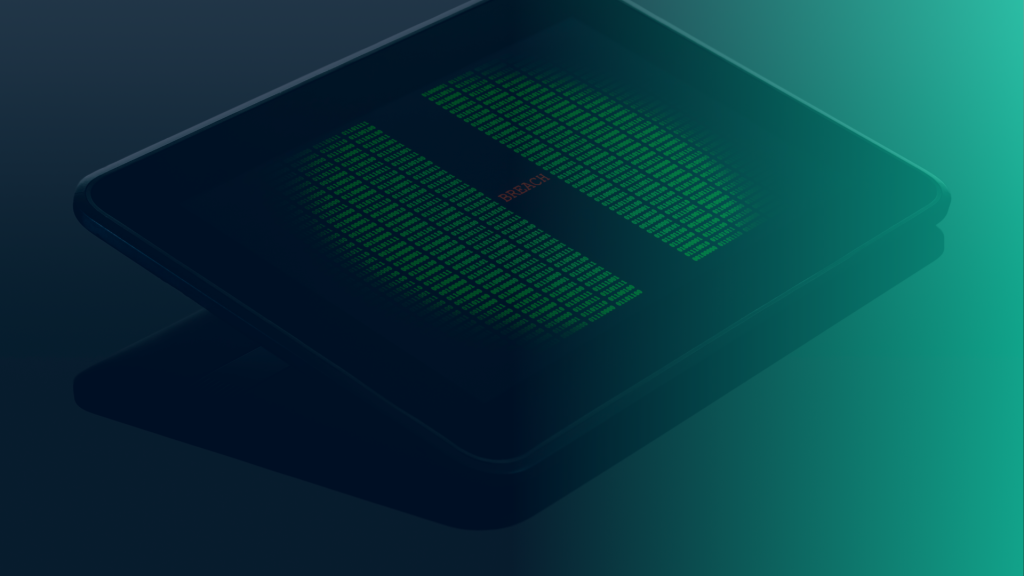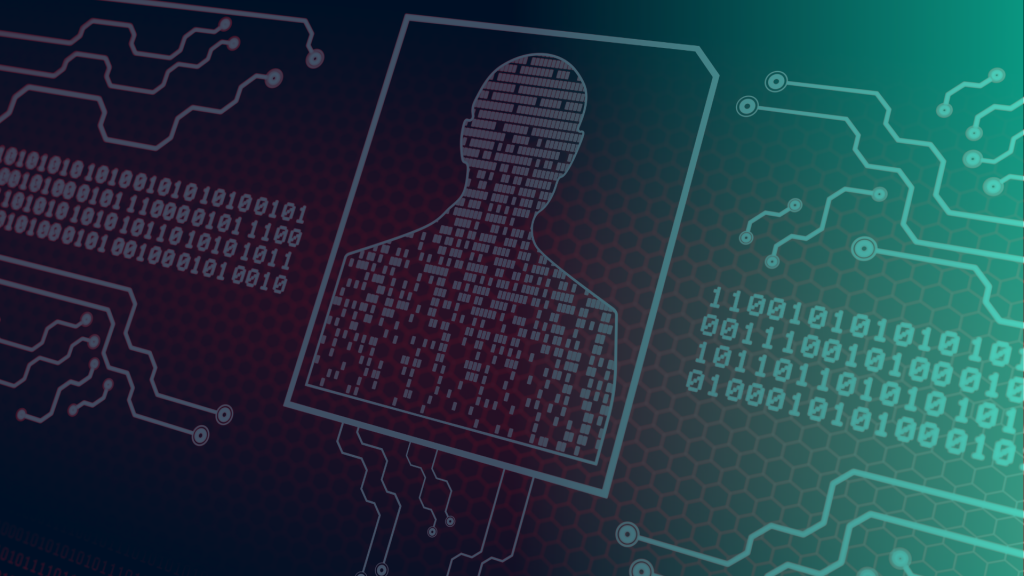Mitigating Insider Threats: Strategies for Protecting Data Security and Business Continuity
Michael Pretorius
January 10, 2025

In today’s interconnected digital landscape, organisations face a multitude of cybersecurity risks, and not all of them originate from external sources. Insider threats, which involve malicious or negligent actions by individuals within an organisation, pose a significant risk to data security and business continuity. This blog post explores the nature of insider threats, their potential impact, and practical strategies to identify and mitigate these internal cybersecurity risks effectively.
What is an Insider Threat?
Insider threat refers to the potential danger or harm posed to an organisation by individuals who are within or part of the organisation itself. While the concept may seem straightforward, the sources and motivations behind insider threats can vary significantly. A recent study sheds light on the impact of insider threats. The study involved interviews with 1,004 security practitioners from 278 organisations worldwide. Surprisingly, every one of the 278 organisations experienced at least one significant event caused by an insider.
Examples of Insider Threats
When it comes to insider threats, the possibilities are diverse and can have severe consequences. Here are some prevalent examples to consider:
- Theft of sensitive data: Trade secrets and proprietary information are prized possessions for organisations. Malicious insiders may attempt to steal this data and sell it to competitors or foreign entities, potentially for personal gain or as part of a new employment opportunity.
- Induced downtime: In today’s digital age, time is money, and any disruption to operations can be costly. Companies with strict Service Level Agreements (SLAs) may face penalties or the loss of significant clients if an insider causes downtime that violates the agreed-upon terms.
- Destruction of property: While less common than data exfiltration, insider attacks that involve the deliberate destruction of physical assets can lead to substantial downtime and financial losses. Replacing damaged equipment or infrastructure can be a costly endeavour.
- Damage to reputation: Building and safeguarding a brand requires substantial investments of time and resources. A malicious insider can quickly undermine an organisation’s reputation by compromising personal information, trade secrets, or other critical data. The loss of customer and investor confidence can result in decreased market share and revenue.
Identifying Potential Insider Threat Indicators
Recognising insider threat indicators is crucial for organisations to proactively address and mitigate risks. The Centre for Development of Security Excellence categorises these indicators into three main groups:
- Ignorance: Indicators falling into this category include falling victim to phishing scams, displaying a lack of awareness of security policies and inadvertently violating them, and neglecting to protect passwords or utilising weak password practises.
- Complacency: Indicators within this category involve actions such as uploading sensitive information to unauthorised third-party sites or using personal devices for company-related tasks without proper authorization.
- Malice: Malicious insider threat indicators encompass behaviours like unauthorised attempts to access restricted data, theft of sensitive information, trying to acquire co-workers’ passwords, and deliberately disregarding established security policies and practises.
Additionally, other indicators to consider are disgruntled employees who may exhibit concerning behaviour, employees engaging in work activities outside of normal working hours, and instances of large file transfers that deviate from typical patterns.
Mitigating Insider Threats: Effective Strategies to Safeguard Your Organisation
When it comes to combating insider threats, a proactive approach is key. One of the first steps in mitigating these risks is to conduct an insider threat assessment. By identifying behaviours indicative of an insider attack, organisations can then develop controls to detect and prevent such incidents.
Insider Threat Detection
- Implement a Data Loss Prevention (DLP) solution: DLP solutions play a crucial role in detecting unauthorised access to sensitive data as well as attempts to exfiltrate or destroy it. By identifying and defining sensitive data within the organisation, DLP rules can be effectively applied to monitor and protect critical information.
- Configure comprehensive auditing: Auditing should be enabled across the entire environment to capture crucial event data. This includes implementing mechanisms like Security Information and Event Management (SIEM) systems to analyse, correlate, and generate alerts for events of interest. It is crucial to secure the audit data against tampering or deletion, ensuring its integrity for effective threat detection.
- Implement Privileged Access Management (PAM): PAM solutions not only provide preventive measures but also offer valuable detection capabilities. Features like session recording and auditing enable organisations to monitor and record all activities performed by privileged users. This allows for retrospective analysis and the identification of any suspicious or malicious behaviour.
Preventing Insider Threats
Insider threats pose a significant risk to organisations, but with proper prevention measures in place, these risks can be mitigated effectively. Here are some best practises to consider:
- Implement Data Loss Prevention (DLP): DLP technologies are crucial for detecting and preventing data leaks caused by insider threats. By monitoring and controlling the movement of sensitive data across your network, DLP solutions help minimise the risk of unauthorised data loss.
- Limit privileged access: Granting excessive privileges to a single individual increases the potential for insider incidents. Instead, distribute privileged responsibilities across multiple trusted individuals. Implement technical controls that restrict privileges to only what is necessary for specific privileged roles.
- Implement User and Entity Behaviour Analytics (UEBA): UEBA solutions monitor user behaviour and identify anomalies that deviate from normal patterns. By analysing data from various sources, such as network traffic and user activity, UEBA solutions can detect unauthorised access and data movement.
- Segregate duties: In smaller organisations where individuals often have multiple roles, it’s essential to establish controls to safeguard against insider threats. Whenever possible, split administrative duties among competent staff members to prevent a single point of failure. Rotate privileged access to different individuals periodically, ensuring accountability and reducing the risk of negligence-based incidents.
- Block access to cloud storage sites: Cloud storage platforms can be potential vectors for unauthorised data exfiltration. If your organisation does not use these sites, consider blocking access to them to prevent insider threats from easily transferring sensitive corporate data.
- Implement Multi-factor Authentication (MFA): MFA adds an extra layer of security by requiring users to provide multiple forms of identification. It is particularly crucial for privileged users who have access to sensitive information. Implementing MFA across your organisation, wherever possible, strengthens the authentication process and reduces the risk of credential theft.
- Limit access to sensitive data: Categorise and protect all data within your organisation based on its sensitivity. Restrict access to sensitive data to only those individuals who require it to perform their job functions. Additionally, leverage DLP solutions to tag and track data, enabling you to monitor who accesses or downloads sensitive corporate information.
- Encrypt sensitive data: Encrypting sensitive data adds an extra layer of protection in case it is successfully exfiltrated. Ensure that access to decryption keys is adequately protected. Encryption is crucial for safeguarding data, and you can find more information on its importance in our dedicated article.
- Back up your data: Regularly back up critical data to multiple locations to prevent loss in the event of an insider threat incident. By having reliable backups, you can restore data that may have been deleted by a malicious insider in retaliation or anger. Control access to backups to prevent unauthorised deletion and establish procedures for data restoration from backups.
In Conclusion
In conclusion, insider threats present a significant risk to organisations’ data security and business continuity. This article has provided insights into the nature of these threats and offered practical strategies to identify and mitigate them effectively. By implementing the measures discussed, organisations can proactively detect and prevent insider incidents. It is crucial to create a culture of security awareness and promote responsible behaviour among employees. Continuously evaluating and improving security measures is essential in the ever-evolving cybersecurity landscape. By staying informed and proactive, organisations can effectively protect themselves against insider threats in today’s interconnected digital world.
Recent Posts
-
 National Health Data Exposed: What the NHLS Breach Means for South Africa’s Cybersecurity19 Sep 2025
National Health Data Exposed: What the NHLS Breach Means for South Africa’s Cybersecurity19 Sep 2025 -
 A Wake-Up Call for Data Security: The Cell C Breach05 Sep 2025
A Wake-Up Call for Data Security: The Cell C Breach05 Sep 2025 -
 Still on Windows 10? Here’s Why 2TS Is the Smart Choice17 Jul 2025
Still on Windows 10? Here’s Why 2TS Is the Smart Choice17 Jul 2025 -
 Preventing Digital Disruption in the Cold Supply Chain | Lessons from the Peter Green Ransomware Attack05 Jun 2025
Preventing Digital Disruption in the Cold Supply Chain | Lessons from the Peter Green Ransomware Attack05 Jun 2025